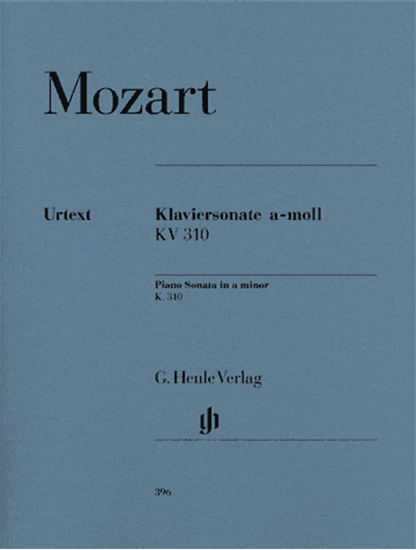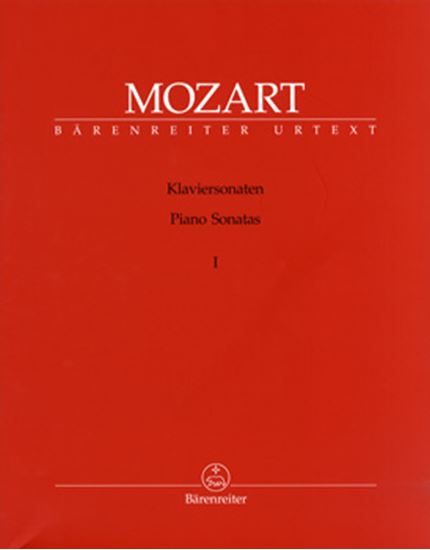Mozart, Wolfgang Amadeus : Sonate für Klavier Nr.9 Mov.1 Allegro maestoso
Work Overview
Genre:sonata
Total Playing Time:5 min 30 sec
Copyright:Public Domain
Commentary (3)
Author : Okada, Akihiro
Last Updated: March 5, 2019
[Open]
Author : Okada, Akihiro
First Movement: A minor, 4/4 time, Sonata form
Under the indication "Maestoso," the movement begins with a main theme characterized by dotted rhythms over an accompaniment of repeated chords. The subordinate theme (mm. 23–) is presented in the relative major, and a continuous sixteenth-note motion dominates from the transition (mm. 35–) to the coda (mm. 45–).
The second half begins in C major, the key in which the first half concluded, and motives from the main theme are developed in E minor, A minor, and D minor. Following motives from the transition, there is a sudden rush from a chromatic ascent into the recapitulation of the main theme (mm. 80–). The movement concludes in the tonic key of A minor, starting from the subordinate theme (mm. 104–).
Author : Ooi, Kazurou
Last Updated: July 21, 2025
[Open]
Author : Ooi, Kazurou
The first movement, while containing some strict elements, also displays many optimistic tendencies. A crucial point to observe in this first movement is to absolutely avoid excessive pedal use. Excessive pedaling obscures many articulations and causes muddiness in the sixteenth notes. For instance, at the beginning, some performers use a lot of pedal for the left-hand eighth notes. While this might be considered one approach, when contemplating which instrument would play the opening left-hand passage, the image of, for example, string instruments playing short eighth notes comes very naturally to mind.
There is also a reason related to the right hand for restraining pedal use in this section. For example, in the right hand at the first beat of measure 10, A-Gis, a slur is written, indicating that the Gis should be released once, and then played again on the second beat. However, if this were sustained by the pedal, the meaning of this slur would be lost.
From measures 23 to 27, no pedal is required at all; thereafter, the pedal should only be used for the purpose of connecting the two voices in the left hand. Similarly, from measures 32 to 37, no pedal is needed.
While there are many sections where the pedal is necessary, it is crucial to be mindful of the muddiness of the sixteenth notes; a more restrained use of the pedal offers numerous advantages.
Author : Okada, Akihiro
Last Updated: March 1, 2021
[Open]
Author : Okada, Akihiro
Under the indication "Maestoso," the movement begins with a main theme characterized by dotted rhythms over an accompaniment of repeated chords. The subordinate theme (from m. 23) is presented in the parallel major, and a continuous sixteenth-note motion dominates from the transition (from m. 35) to the coda (from m. 45).
The second half begins in C major, the key in which the first half concluded, and motives from the main theme are developed in E minor, A minor, and D minor. Interspersed with motives from the transition, there is a sudden rush from a chromatic ascent into the recapitulation of the main theme (from m. 80). The movement concludes with the subordinate theme (from m. 104) and subsequent material remaining in the tonic key of A minor.
PTNA & Partner Channel Videos(4items)
Sheet Music
Scores List (15)

(株)全音楽譜出版社

(株)全音楽譜出版社

KMP(ケイ・エム・ピー) ケイエムピー

KMP(ケイ・エム・ピー) ケイエムピー

(株)リットーミュージック

(株)オンキョウパブリッシュ〇

(株)全音楽譜出版社

(株)音楽之友社

ヘンレ社(ヤマハ)

(株)全音楽譜出版社

ヘンレ社(ヤマハ)








